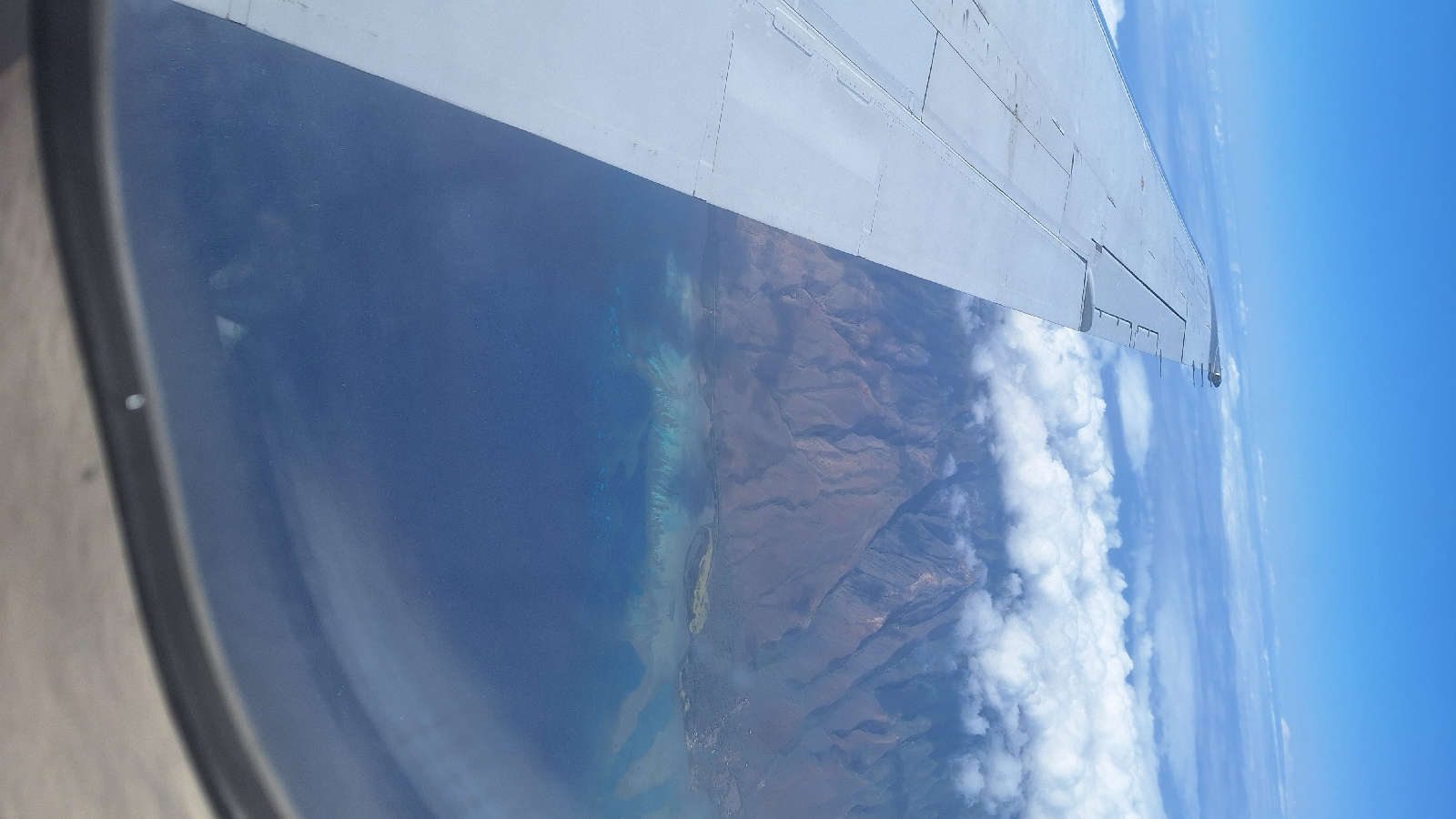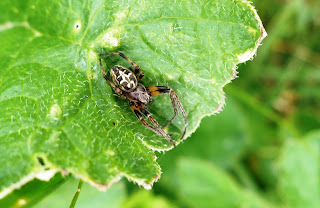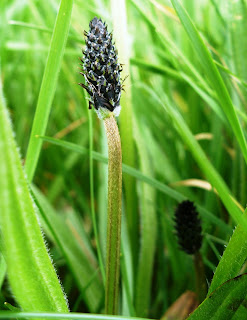This blog may help people explore some of the 'hidden' issues involved in certain media treatments of environmental and scientific issues. Using personal digital images, it's also intended to emphasise seasonal (and other) changes in natural history of the Swansea (South Wales) area. The material should help participants in field-based modules and people generally interested in the natural world. The views are wholly those of the author.
Sunday, 29 April 2012
Saturday, 28 April 2012
Thursday, 26 April 2012
Wednesday, 25 April 2012
Tuesday, 24 April 2012
Saturday, 21 April 2012
Friday, 20 April 2012
Seeing the Changes 474
Did a 2nd day with the APT module on plant identification. Part of this involved a trip to the sand dunes on Swansea bay. In that location, observed Common ragwort (Senecio jacobaea), Marsh hawkbeard (Crepis paludosa) and Birdsfoot trefoil (Lotus corniculatus) in flower. We also observed lots of ground nesting bees (Colletes succinctus) operating here. Later, there was a trip to the Swansea Botanical Gardens in Singleton Park where exotic flowers such as orchids were examined. At Westcross, Early scurvy-grass (Cochlearia danica) was in bloom. Blackpill, Small-flowered cranesbill (Geranium pusillum) was in flower.
Thursday, 19 April 2012
Wednesday, 18 April 2012
Tuesday, 17 April 2012
Return of the Frackers?
Somewhat disturbing news that a panel have given a 'clean bill of health' to 'responsible' fracking (the process of extracting gas from shale deposits by forcing water and chemicals into the strata at very high pressure). Extraction ceased after the process was linked to small earthquakes near Blackpool (http://www.bbc.co.uk/news/uk-northern-ireland-17737991). The panel have ruled that the 'mild' earthquakes were no worse than those caused by coal mining in similar locations in the UK. There is a continuing debate, however, about whether the process is, in any sense 'green'. A lot of energy is required to 'liberate' the gas in the strata and there are concerns about what happens to the water and its associated chemicals (there is the possible contamination of water bodies- a particular issue in this time of drought?). I remain concerned, if a similar process is utilised on Swansea Bay, as doing this underwater seems to be adding to the potential complications.
Parchment?
It seems very likely that the drought that is evident over large sections of the UK as a result of 2 successive dry winters, will continue for some time and might well spread (http://www.bbc.co.uk/news/uk-17726989). The drought will certainly cause anguish to gardeners (hose-pipe bans) and farmers (many crops are 'thirsty'). One should, however, also be concerned about the effects on the natural world. In a situation, where rivers are completely drying over sections of their 'flow', there are not only a powerful impacts on water creatures and vegetation but also on the organisms (e.g. migrating birds and birds of prey) that depend on them. When the waters return, it is likely to be some time before the ecology is re-established.
Monday, 16 April 2012
Saturday, 14 April 2012
Friday, 13 April 2012
Thursday, 12 April 2012
Sunday, 8 April 2012
Friday, 6 April 2012
Subscribe to:
Posts (Atom)
Planes and Trains and Old Folk
My trip home from Honolulu to Swansea simply cemented how difficult travel has now been made for the elderly (especially if they have a mobi...

-
It should hardly be called a study. A Which comparison looked at levels of nitrogen dioxide and small particulates (PM 2.5s) in 5 Londo...
-
Europe has a city congestion problem. In 2023, London was the most gridlocked location, closely followed by Paris and Dublin. In that year...
-
It's necessary, where possible, to replace diesel and petrol-fueled vehicles by electrical equivalents. Electric vehicles (EVs) don...





+group+on+fence+close+up+Bynea.JPG)

+larvae+close+up+Penclacwydd.JPG)

+in+flight+NBGW.jpg)

+pair+walk+Oxwich.JPG)
+on+tree+Penclacwydd.jpg)
+lateral+close+up+Penclacwydd.jpg)
















+Swansea+University.JPG)



+egg+predated+Bynea.JPG)
+candle+Loughor.JPG)
+in+bud+Loughor.JPG)


+North+Gower.jpg)












